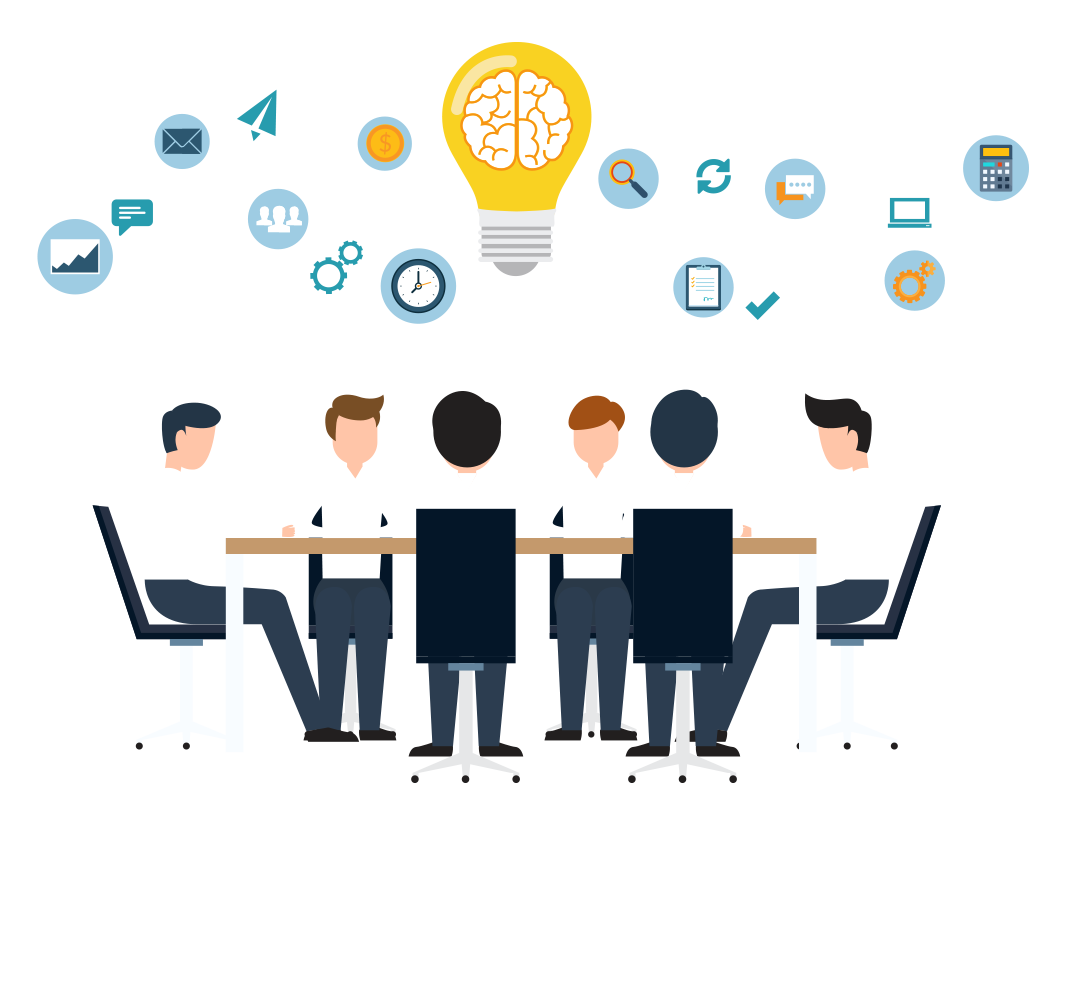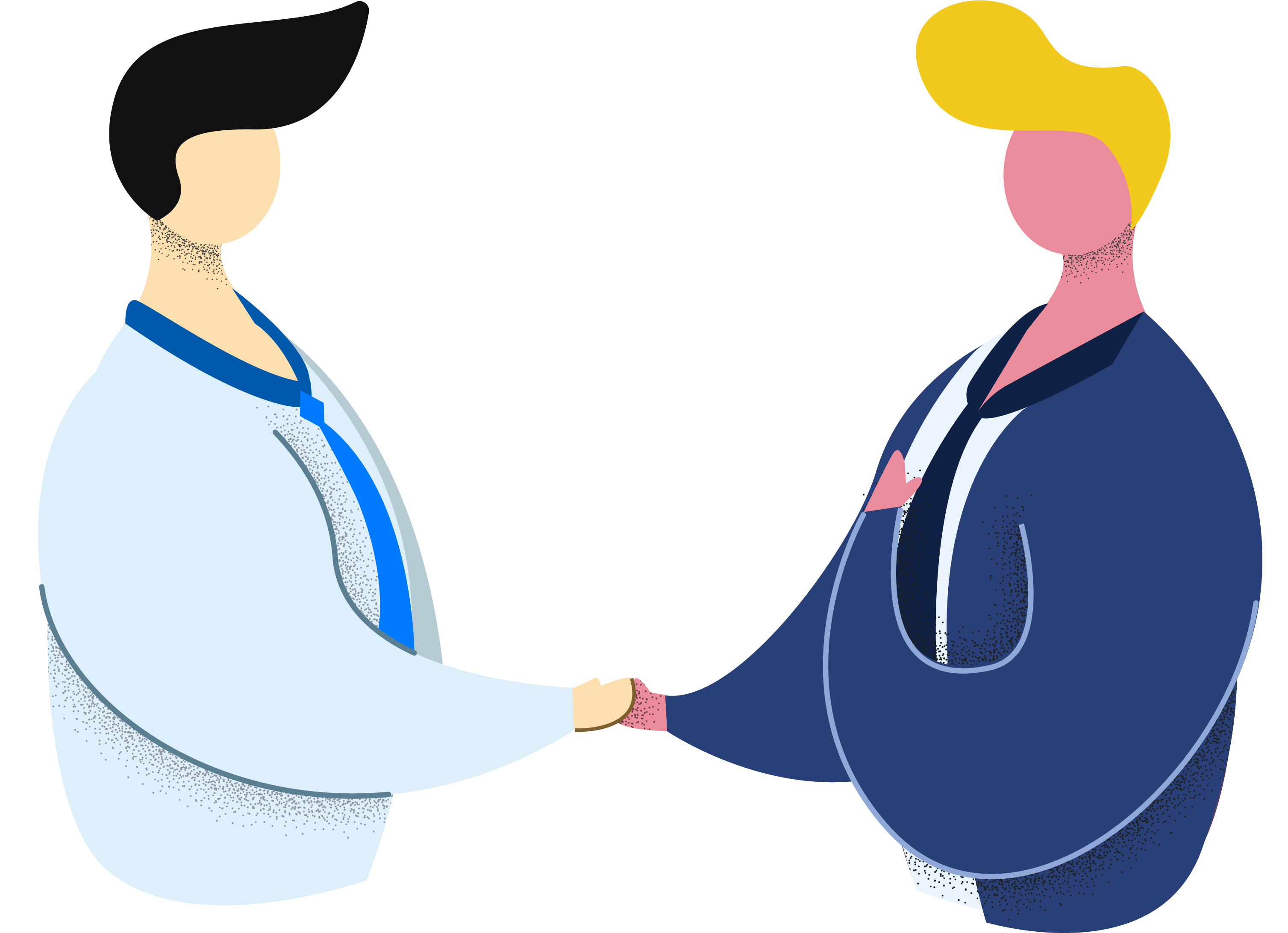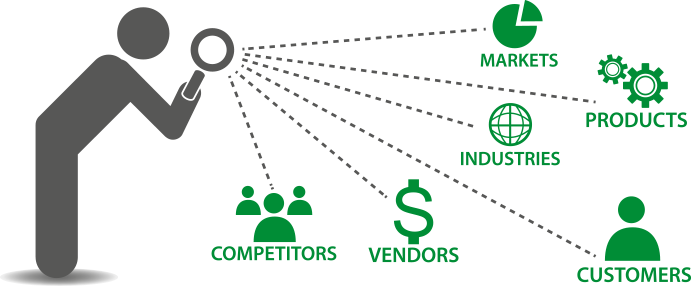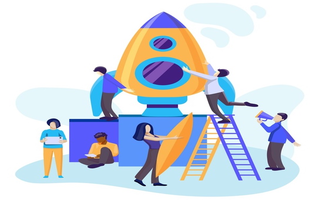We know how finding a software vendor to help you solve business problem is challenging. Specially with lots of uncertainty of cost, quality of work, level of engagement and how will they commit to the agreed time lines.
If you want to develop a high end product with the closest to reality deadlines, you should care more about the development process. So whenever you contact your potential software vendor, always check if they have a process that guarantees a seamless and stable development flow.
We’ve combined our best practices with the most effective methodologies to create the proper software development lifecycle that fits with different clients with different backgrounds. Check out the stages of our software development life cycle:
Proposal Phase

Once you have interest in Rubikal to develop your software, we go a short process that include meetings, calls and documents going both ways. And since we care about our client's intellectual property, so upon your request for a signed NDA we send you one before we start any discussions.
At this stage we get to know the project objectives, vision and background to better understand your expectations and constraints whether financial or deadlines.
By the end of this stage we provide a detailed proposal that includes a rough estimate for the project, timeline, cost structure, project team and proposed technologies to build the product with.
On Boarding

Once we reach an agreement & sign the contract, a project managers will contact you & will go through the on boarding process, This shall introduce your to:
- Project management system, we use Jira where the project is divided into smaller tasks, through Jira all stakeholders can monitor projects progress.
- Communication channel, we use Slack where a project channel is created including all project stakeholders & through this channel all relevant daily communication are shared. this ensure an engaging & fast communication process.
- Online meeting tool, we use Zoom where we use to hold regular project meetings where everyone communicates their
status, blockers & recommendations. The goal of this meeting is for everyone to stay in sync, while implicitly adding a sense of accountability among team members.
Discovery

This phase is where we frame the idea, understand the customers and users, Envision a solution that’s valuable, then minimize and plan a solution that is feasible with the tools we have and within the required time frame.
The discovery phase includes collaboration with the UX design team where we go through the design process to come up with the optimum design for the problem we’re solving. The deliverables in this phase contain:
- Project executive summary
- Stakeholder map
- List of user personas
- User flow diagram
- Product roadmap
- User journey map
- Low-fidelity wireframe
- High-fidelity wireframe
- An interactive clickable prototype
Other diagrams and documentation can be provided if needed by the stakeholders, but we’ve found that the above list is usually sufficient.
Development & Implementation

We start the development process where we turn the designs into lines of codes. we kick off by holding a workshop to establish what we’re going to build, how we’re going to build it and why.
We start by holding a workshop for user story writing and then have a sprint kickoff meeting to start the sprint, have regular stand ups, a retrospective meeting once the sprint is done as well as a stakeholder product review and repeat the process with following sprints/iterations.
Testing

Once development engineers implement a feature, we test it, validate it, and register bugs. After getting a QA report describing all bugs, our developers fix them until the product meets the agreed requirements and works seamlessly.
Deployment & Release

This is the actual process of releasing the software. During the release stage, we make backups of the stable version of the product and check that all servers are working correctly.
To be sure everything will work smoothly after deployment, we move to stabilization. At this point, we make a backup so we won’t lose data in case of an emergency. Then we conduct verification testing.
Our DevOps engineers set up the testing and production environment. Once done, After that, the developed functionality is sent to the development and testing environment.
At last, Your app is ready to go live and magic should happen. In some cases, a product may need to be released to a limited audience for beta testing and be tested in a real business environment. This is called user acceptance testing, or UAT.
Support/Maintenance

Depending on the the project scope we can offer a post release services. Those services can be utilized in product maintenance, product enhancement or adding/removing features.
With this kind of supporting service, you’ll be sure you can quickly make changes to your product if you suddenly come up with a great new feature or start receiving feedback from users on how to improve your app.
The goal of our software development process is to create a great product by providing quality services to our clients. Thanks to Rubikal's process, we can provide visibility over development, predictable delivery, and a world class organized processes.
Ready to work with us?
We have a full house of talents, who are capable to build your dream application. Rubikal can help from an idea phase to a scaling solution that serve millions of users. Reach out to us Here
Book a meeting with us
Learn more about us here Rubikal.com
Engineer and up to the challenge, check out our latest job opening here

